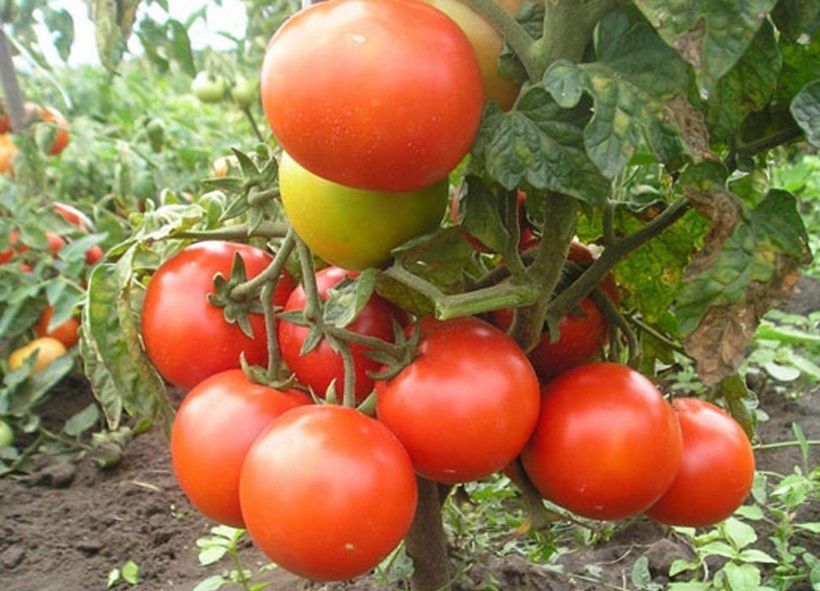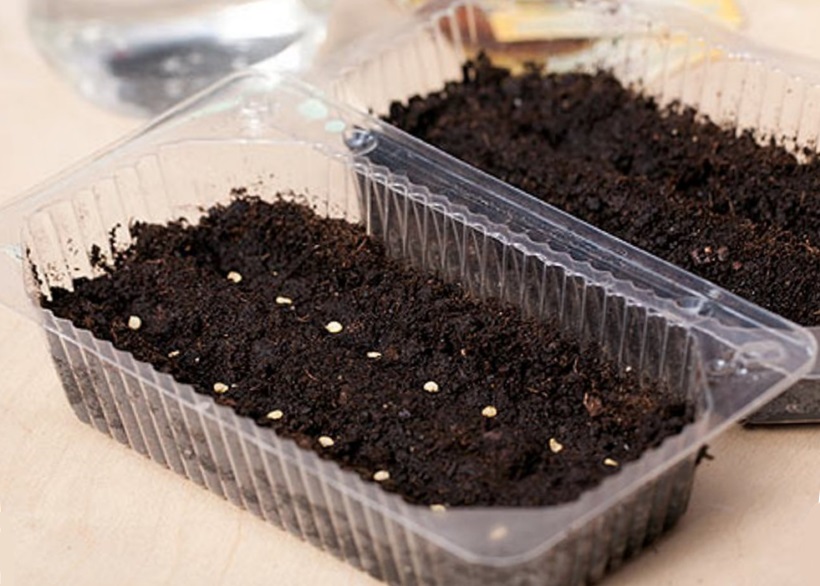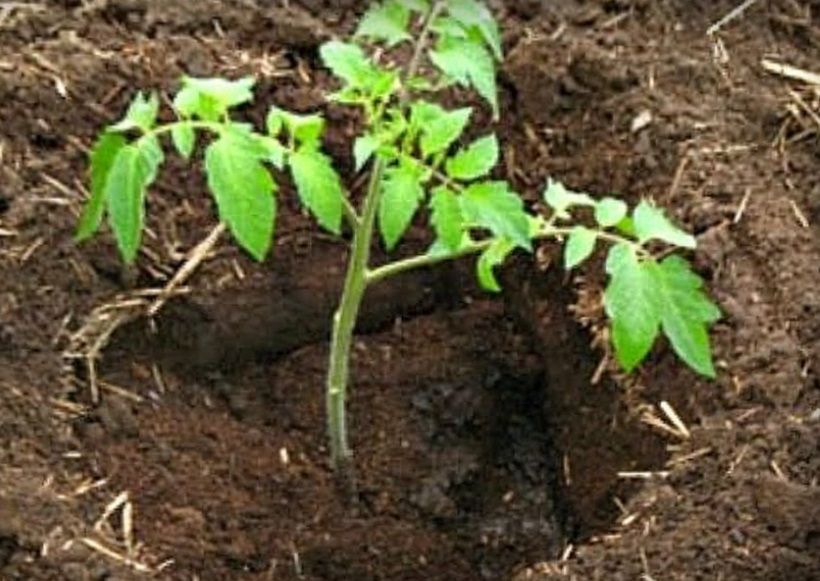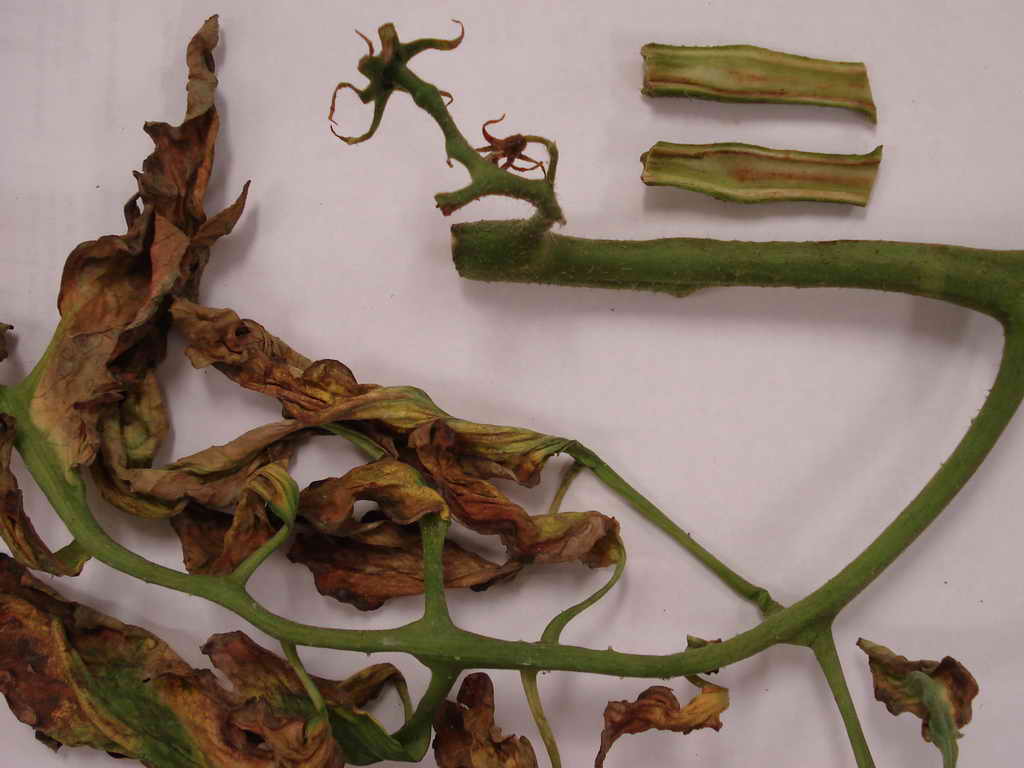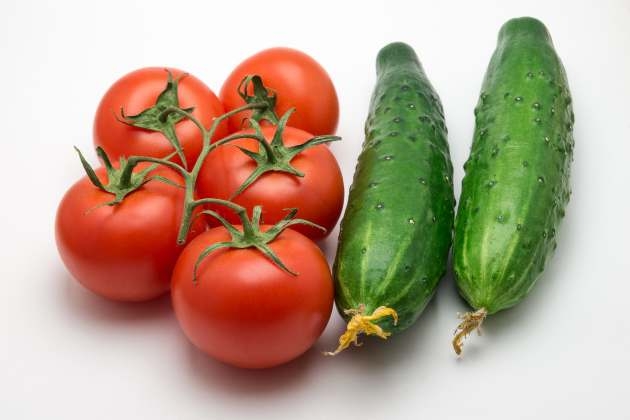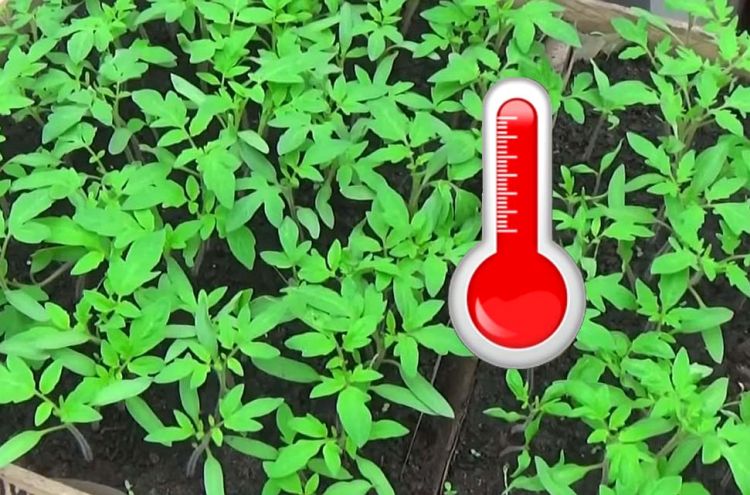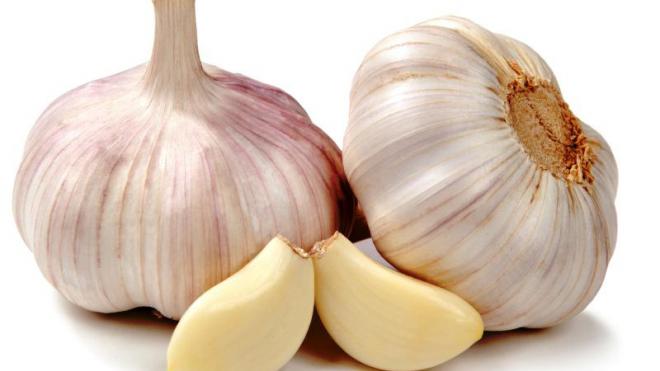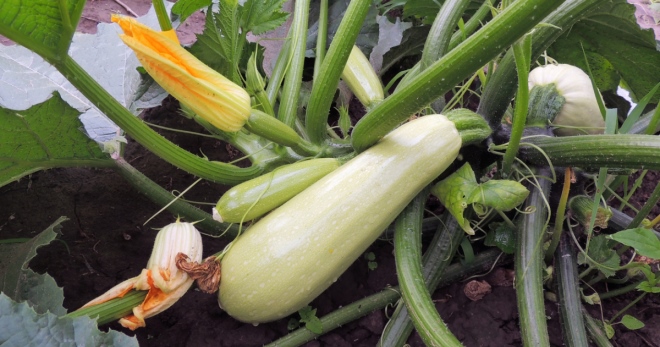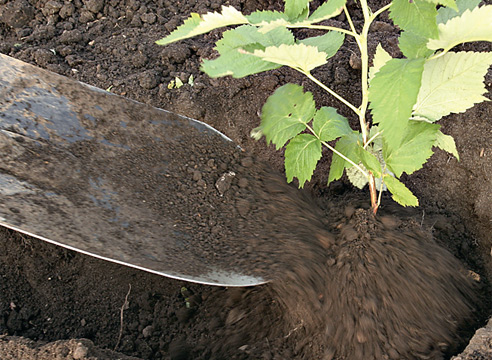Content:
The harvest of tomatoes, a rather whimsical plant, depends on many factors. It is also influenced by the preparation of the soil for planting, and proper watering, and care of the crop, and weather conditions. One of the important conditions for amicable fruiting is healthy seedlings. And in order to grow it, you need to know how deep to plant tomato seeds when sowing.
General information about culture
Fresh fruit salads, tomato juice or pasta, sauces for meat and fish dishes, dressing for soups - dishes with them are tasty and healthy, both raw and processed. But this vegetable in ancient times was considered poisonous, and it was cultivated only for beauty, as an ornamental plant.
The homeland of tomatoes is South America. In 1519, a plant of the Solanaceae family was brought to Europe and grown as an ornamental plant. It was called "the apple of love" in France, in Spain - tomato, in Italy - "Golden apple" (pomo d'oro), and here they began to cultivate tomatoes.
Seed preparation and sowing
Tomato propagated by seeds. To get a good harvest, it is important to properly prepare the seeds before planting.
Seed preparation
Preparation for sowing is carried out in several stages:
- Sorting. To identify empty seeds, they are placed in a saline solution (20 g salt / 0.5 L water). Floated - removed, settled are picked out of the water and dried by spreading out on paper or towel.
- Disinfection. For 24 hours, pour 0.8% acetic acid solution, then - with a solution of potassium permanganate (2 g / st. Water) and at the end washed with plain water.
- Increased germination. For a day, the seeds are soaked in a special enriching solution, which is purchased in the store.
- Germination. Wrapped in a cotton cloth and put in a shallow dish (saucer), add water. Make sure that the fabric is always wet.
- Hardening. Sprouted seeds are placed in the refrigerator for a day to adapt them to low temperatures.
Soil preparation and containers
You can buy seedling mix from a specialty store or make your own. To do this, mix in equal proportions turf soil, sand and humus.
The soil is poured into a plastic container with holes made in it at the bottom or into wooden boxes and moistened. After the water drains, furrows up to 1 cm deep are made at a distance of 5 cm from each other, seeds are laid out in them and sprinkled with earth, slightly pressing down from above.
After watering, cover with a transparent film and put in a warm (22 ° C) and dark place for germination. The boxes are ventilated daily and the humidity is monitored. A week later or earlier, when sprouts appear, the film is removed and the containers are placed in a bright place (windowsill).
It is not recommended to allow drafts and large differences in night and day temperatures during further care (during the day up to 24 ° C, at night - not lower than 14 ° C).
An important point is picking tomatoes. It is carried out when 2-3 true leaves appear. It allows you to get rid of weak plants and give the remaining more space for further growth. You can dive into larger boxes or separate cups.
When separating into boxes, the distance between plants is maintained at 8-10 cm, deepening the plants to the cotyledonous leaves. After this procedure, abundant watering is carried out.
In order to save space for seedlings, some gardeners use planting seeds in a snail. To do this, a cellophane tape 10 cm wide is needed. A soil mixture 1 cm thick is placed on top of it and, 2 cm back from one edge (this will be the upper edge, the lower edge is placed in a container), each seed is laid out at a distance of 2 cm from each other.
Sowing time for tomato seedlings
It should be borne in mind that from sowing seeds to obtaining full-fledged seedlings, a tomato takes 1.5-2.0 months. Taking into account this period and the onset of stable heat favorable for the plant, the timing is determined when it is better to sow tomatoes.
The optimal time for sowing in areas of the middle belt and southern regions of Russia is 2-3 ten days of March. In this case, planting of seedlings will be carried out in May - early June. By this time, the earth, as a rule, will already be warmed up enough, which will favorably affect the further development of the plant.
How and when to plant seeds in open ground
In the southern regions of Russia, where the warm season is longer, summer residents sometimes do not bother growing early tomato seedlings at home. All operations are done immediately on the beds.
When to plant tomatoes in the ground with seeds? It all depends on the air temperature and how the earth warmed up. There is no frost and the temperature is stable at about 15 ° C - you can immediately start sowing in open ground.
They sow as compactly as when growing seedlings, to the same depth, observing a distance between rows of 5 cm. Cover with a film.
The only difference from home germination of seeds is that the picking of plants is carried out immediately along the beds and the distance between them is 30-50 cm, as for an adult plant (depending on the height of the tomato).
If you plant tomatoes with seeds in May, then the first harvest, subject to all the rules of agricultural technology, can be obtained in mid-July. Only the early varieties of tomatoes should be used.
Diseases and pests of tomatoes
If the seeds are not pickled before planting, an adult plant can get sick:
- Mosaic. When infected with this virus, the plant stops developing, the leaves become variegated, the fruits - tough, with veins. Such a plant does not lend itself to treatment, it is simply thrown away.
- BacteriosisIs another viral disease of tomatoes that does not respond to treatment. The plant simply withers for no apparent reason in a short time. Get rid of it as quickly as possible.
- Necrosis - manifests itself primarily on the stem in the form of cracks in the lower part. The bush dies, the fruits do not ripen. Such a plant is destroyed and the soil is treated with Fitolavin-300 solution.
- Late blight - fungal disease, widespread in tomatoes. Develops with excessive moisture and temperature extremes. The fruits of plants that begin to ripen become clumsy, take on an unhealthy appearance. They fight this disease by spraying with milk whey.
- Curly leaves - a viral disease in which the top of the plant is covered with leaves with curls, it does not grow. It cannot be treated, the tomato is destroyed, the soil is treated with an antiviral drug.
Knowing how to plant tomato seeds, properly care for a plant, you can get not only a rich, but also an early harvest. Planting tomatoes in the ground with seeds often gives better results than pre-growing seedlings. Plants catch up with seedling neighbors in growth, get sick less and ripen earlier, because they are less injured and harden better.
